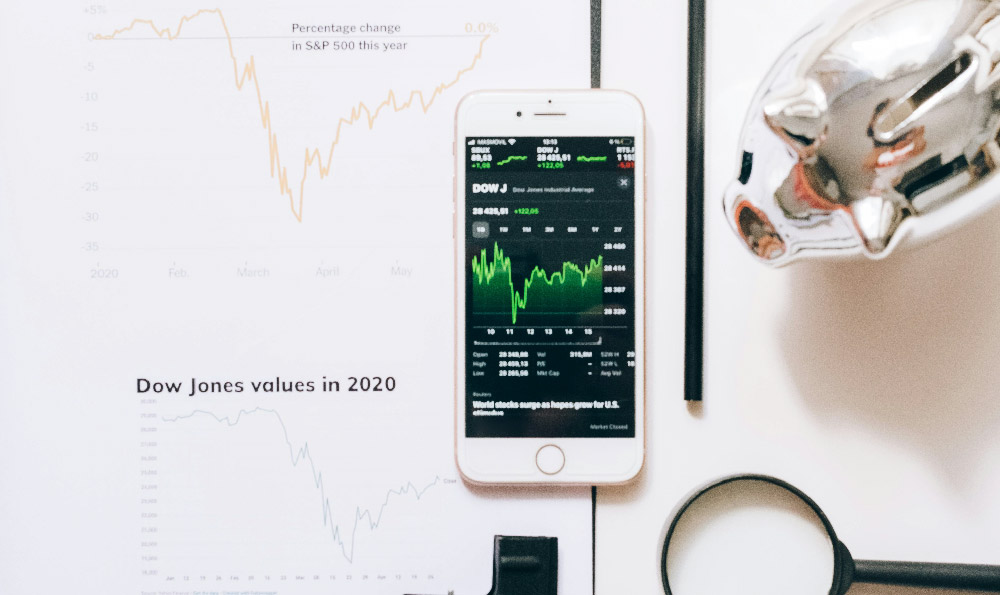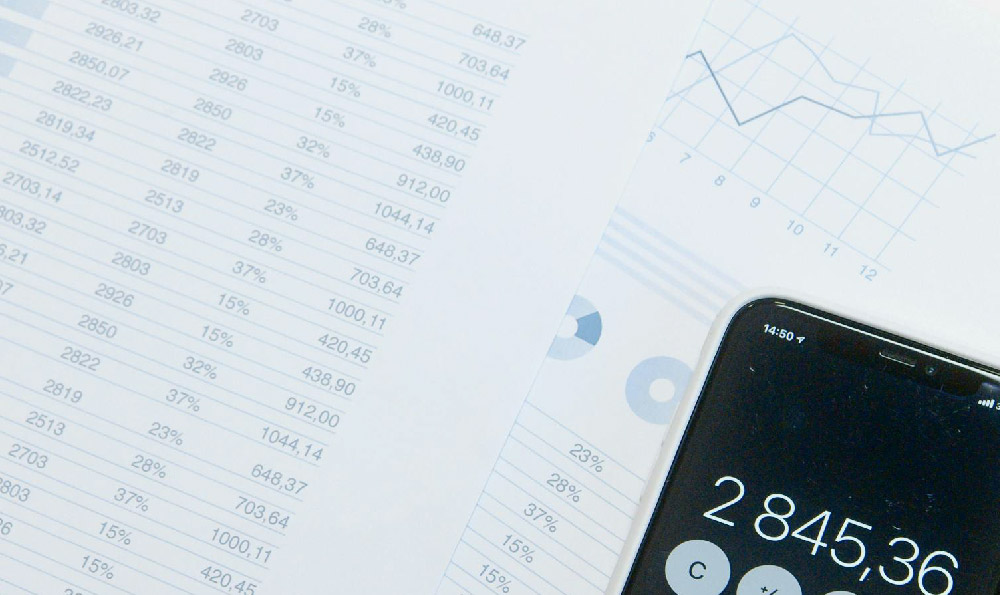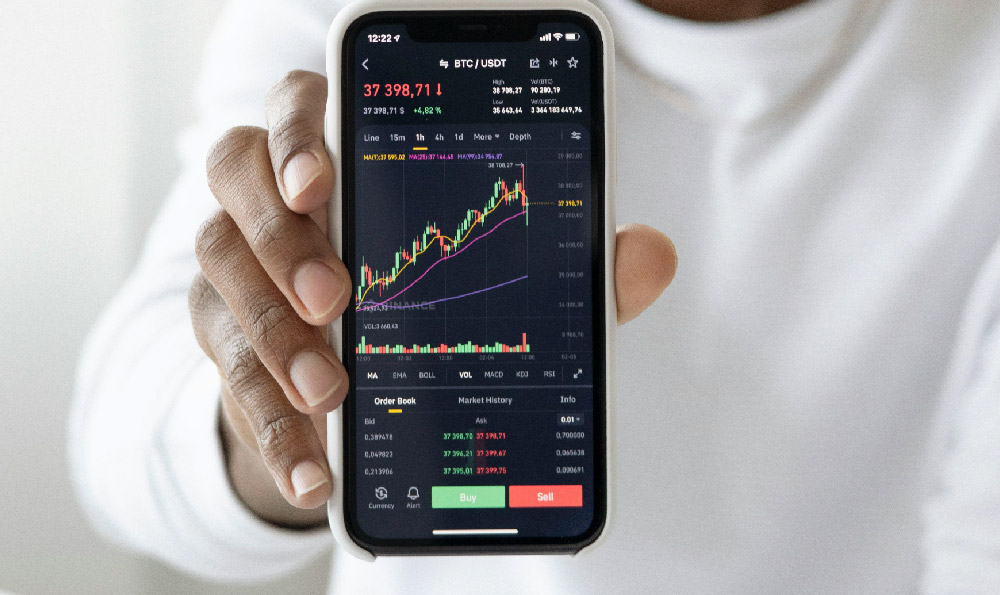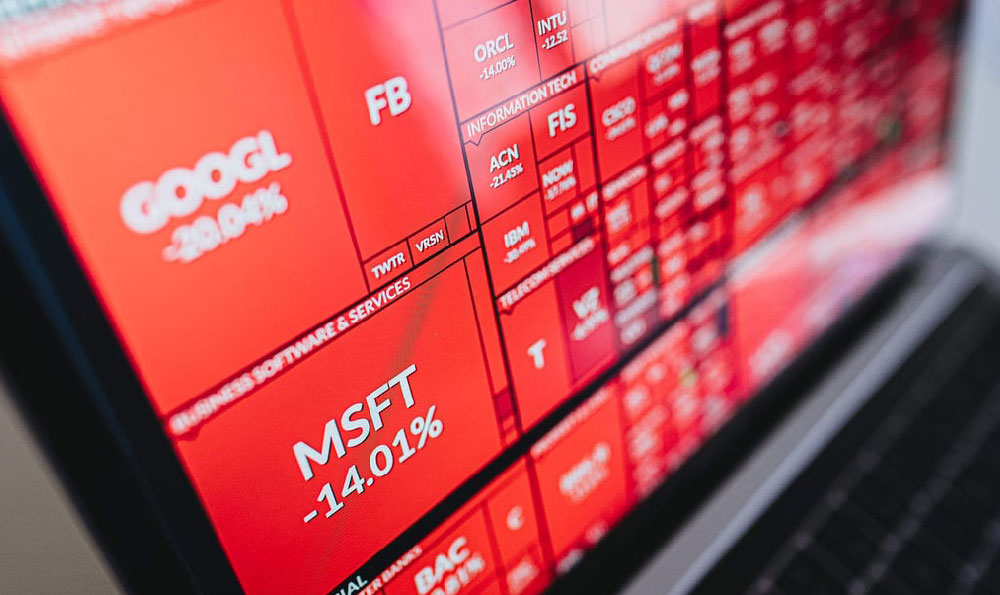In the dynamic world of foreign exchange trading and currency markets, the potential to generate income is both alluring and complex. For those considering this path, understanding the intricate dance between economic indicators, geopolitical events, and financial instruments is essential. Currency trading involves buying and selling different currencies in pairs or against a base currency, with the goal of capitalizing on fluctuations in exchange rates. To succeed in this arena, traders must cultivate a blend of analytical rigor, disciplined execution, and strategic foresight. Let's explore the multifaceted approach to leveraging these markets for sustainable profit.
The foundation of profitable currency trading lies in the ability to interpret macroeconomic trends. Central bank policies, inflation rates, and employment data form the bedrock of market sentiment. For instance, when the U.S. Federal Reserve signals a potential interest rate hike, it typically strengthens the U.S. dollar against other currencies. Conversely, economic downturns or unexpected data releases can cause currency pairs like EUR/USD or GBP/USD to fluctuate sharply. Traders who consistently monitor these factors can position themselves to profit from directional moves. However, it's crucial to recognize that economic data is often a lagging indicator, and successful traders frequently look beyond numbers to anticipate changes in policy, consumer confidence, and global economic conditions.
Technical analysis offers another critical lens through which to view market movements. By studying historical price patterns and chart formations, traders can identify potential support and resistance levels, momentum shifts, and trend reversals. Indicators such as moving averages, relative strength index (RSI), and stochastic oscillators help quantify these observations. A common strategy is to combine multiple indicators to confirm signals, reducing the risk of false positives. For example, a trader might use the 50-period moving average to gauge long-term trends while employing the RSI to detect overbought or oversold conditions. The key to mastering technical analysis is recognizing that no single tool is foolproof, and context matters more than rigid rules.

Beyond market and technical analysis, psychological discipline plays an equally vital role. The forex market is known for its volatility, and emotional decision-making can lead to significant losses. Successful traders adhere to a strict trading plan, allowing logic to guide actions rather than fear or greed. Risk management is a cornerstone of this discipline, involving the calculation of potential losses before entering a trade. A widely accepted practice is to limit risk to no more than 1-2% of the trading account per transaction, ensuring that no single trade jeopardizes overall capital. Additionally, setting stop-loss orders based on technical levels or fundamental reasons provides a safety net against adverse price movements.
Profitability in currency trading often hinges on the trader's ability to adapt to changing market conditions. Seasoned traders understand that the market is not static, and strategies must evolve with time. For example, a trend-following approach may work well during periods of strong economic momentum but falter in ranging markets. Diversification across different currency pairs, asset classes, and timeframes can mitigate this risk. By spreading investments across major pairs like USD/JPY, EUR/GBP, and minor pairs such as AUD/CAD, traders can capitalize on various market scenarios. Furthermore, allocating capital to different strategies—such as scalping, day trading, and swing trading—ensures that traders are not overly reliant on a single method.
A frequently overlooked yet crucial aspect of currency trading is the importance of financial education. While many traders start with limited knowledge, the market rewards those who continuously learn. Understanding concepts such as leverage, margin, and interest rates is fundamental to making informed decisions. For example, a 100:1 leverage ratio allows traders to control large positions with small capital, but it also amplifies losses. Educated traders recognize that leverage is a double-edged sword and use it strategically, often with strict position sizing rules. Additionally, staying updated on global events—such as Brexit, U.S.-China trade tensions, or geopolitical conflicts—can provide insights into currency movements.
The path to consistent income in forex trading is not without its challenges. Common pitfalls include overtrading, neglecting risk management, and failing to adapt to market changes. Overtrading often leads to increased transaction costs and the potential for losing money due to poor timing. Traders who resist the urge to constantly trade and instead focus on high-probability setups tend to achieve better results. Moreover, many novice traders underestimate the importance of risk management, leading to catastrophic losses when markets move against them. Implementing a robust risk management framework is therefore imperative, even for experienced traders.
The role of technology in modern currency trading cannot be overstated. Advanced trading platforms, real-time data feeds, and algorithmic trading tools provide traders with unprecedented access to market information. However, technology also introduces new risks, such as algorithmic errors or cybersecurity threats. Traders must therefore choose reliable platforms and implement strong security measures to protect their accounts. Additionally, the use of automated trading systems, while convenient, requires careful backtesting and adjustment to ensure they align with the trader's strategy and risk tolerance.
Finally, the long-term success in forex trading depends on a trader's ability to maintain patience and avoid impulsive decisions. The market does not reward quick fixes, and many traders fall into the trap of chasing short-term gains. A disciplined approach, where trades are executed based on pre-defined criteria and not on emotional impulses, fosters consistency. For example, a trader might wait for a specific confirmation of a trend before entering a position, rather than acting on speculation. This patience, combined with a deep understanding of market mechanics, allows traders to navigate the complexities of forex trading and realize their financial goals.
In conclusion, generating income in forex and currency trading is a multifaceted endeavor that requires a blend of analytical skills, strategic planning, and emotional discipline. By understanding the interplay between fundamental and technical factors, implementing robust risk management practices, and continuously educating oneself, traders can increase their chances of success. However, the journey is not without its challenges, and those who approach the market with caution and a long-term perspective are more likely to thrive. The key to profitability lies in the trader's ability to adapt, learn, and execute with precision, ensuring that each trade contributes to the overall goal of financial growth.












